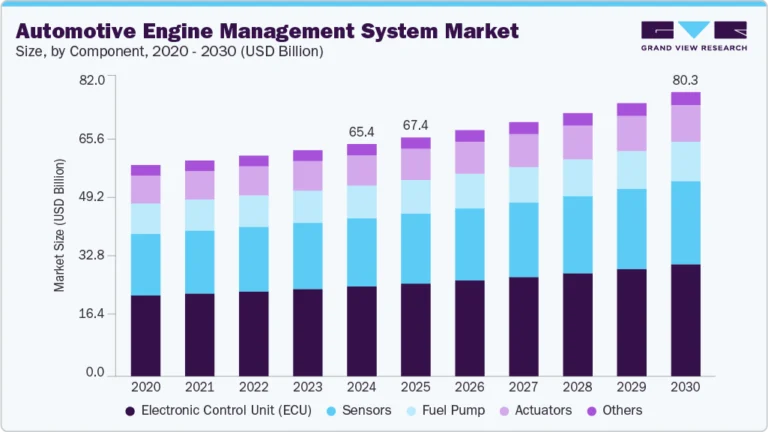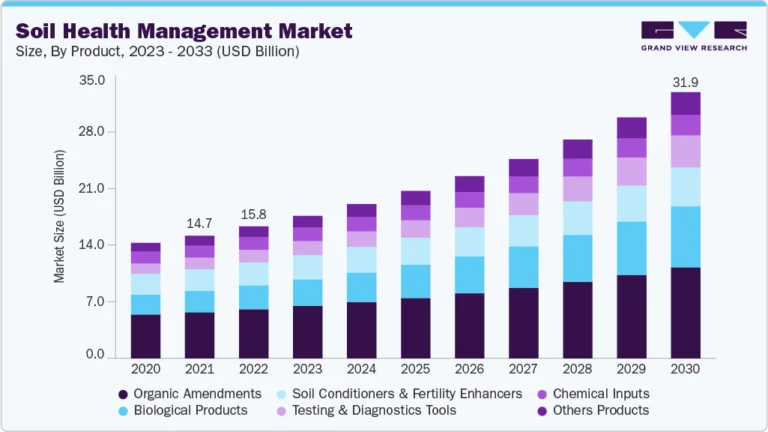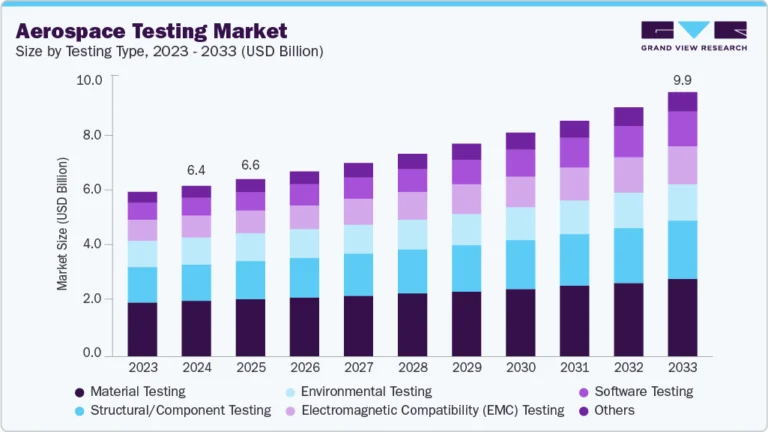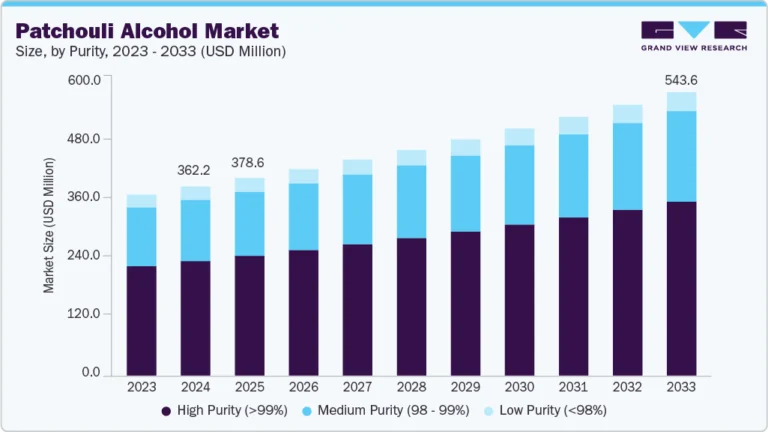AI In Drone Market Size, Share & Trends Analysis growing at a CAGR of 17.9% from 2025 to 2033
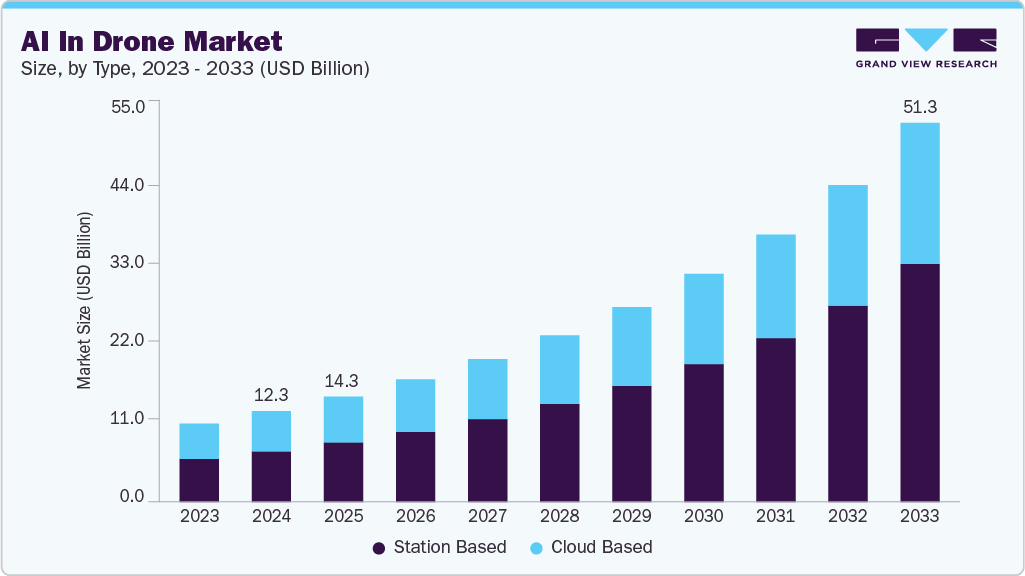
The global AI in drone market size was estimated at USD 12,292.6 million in 2024 and is projected to reach USD 51,328.7 million by 2033, growing at a CAGR of 17.9% from 2025 to 2033. The market growth is primarily driven by the increasing adoption of autonomous drones for surveillance and inspection, rising demand for real-time data analytics across sectors, growing use of AI in military and defense applications, advancements in onboard processing and sensor technologies, and expanding investments in smart agriculture and infrastructure monitoring.
Key Market Trends & Insights
- North America dominated the global AI in drone market with the largest revenue share of over 36% in 2024.
- The AI in drone market in the U.S. led the North America market and held the largest revenue share in 2024.
- By type, the station-based segment led the market and held the largest revenue share of over 55% in 2024.
- By component, the hardware segment led the market and held the largest revenue share of 46.4% in 2024.
- By application, the security & surveillance segment dominates the market and holds the largest revenue share in 2024.
Market Size & Forecast
- 2024 Market Size: USD 12,292.6 Million
- 2033 Projected Market Size: USD 51,328.7 Million
- CAGR (2025-2033): 17.9%
- North America: Largest market in 2024
Request a free sample copy or view report summary: https://www.grandviewresearch.com/industry-analysis/ai-drone-market-report/request/rs1
The rising need for automation, heightened focus on operational efficiency, and increasing safety concerns are accelerating the demand for AI in drone industry. The AI in drone industry leverages advanced technologies such as computer vision, edge AI, real-time data analytics, and autonomous navigation to enable precision monitoring, predictive maintenance, and remote operation. Enterprises across sectors like agriculture, logistics, energy, and defense are investing heavily in drone-based solutions to optimize costs, reduce risks, and enhance decision-making capabilities, driving significant market expansion.
Innovations in artificial intelligence, edge computing, and real-time data processing are greatly enhancing the operational efficiency and autonomy of AI in drones. AI-powered drones can identify and track objects, avoid obstacles, and adapt flight paths dynamically, making them ideal for applications such as infrastructure inspection, search and rescue, and precision agriculture. This growing intelligence is enabling drones to handle more complex tasks, reducing the need for human oversight and driving widespread market adoption across sectors.
In addition, the global emphasis on environmental protection and climate resilience, AI in drones is increasingly being used for environmental monitoring, wildlife tracking, forest fire detection, and pollution assessment. Governments and environmental agencies are investing in drone-based monitoring solutions to meet regulatory compliance and achieve sustainability goals. The ability of these systems to offer accurate, real-time environmental intelligence is strengthening their role in global sustainability efforts and propelling market growth.
Furthermore, the growing demand for rapid, contactless delivery, especially accelerated by e-commerce and healthcare logistics, is fueling the adoption of AI in drone industry. Equipped with AI algorithms, these drones can autonomously plan optimal delivery routes, adjust paths in real time based on environmental data, and ensure secure package handling. This expansion into logistics represents a significant opportunity for market growth as drones become an integral part of smart supply chains.



